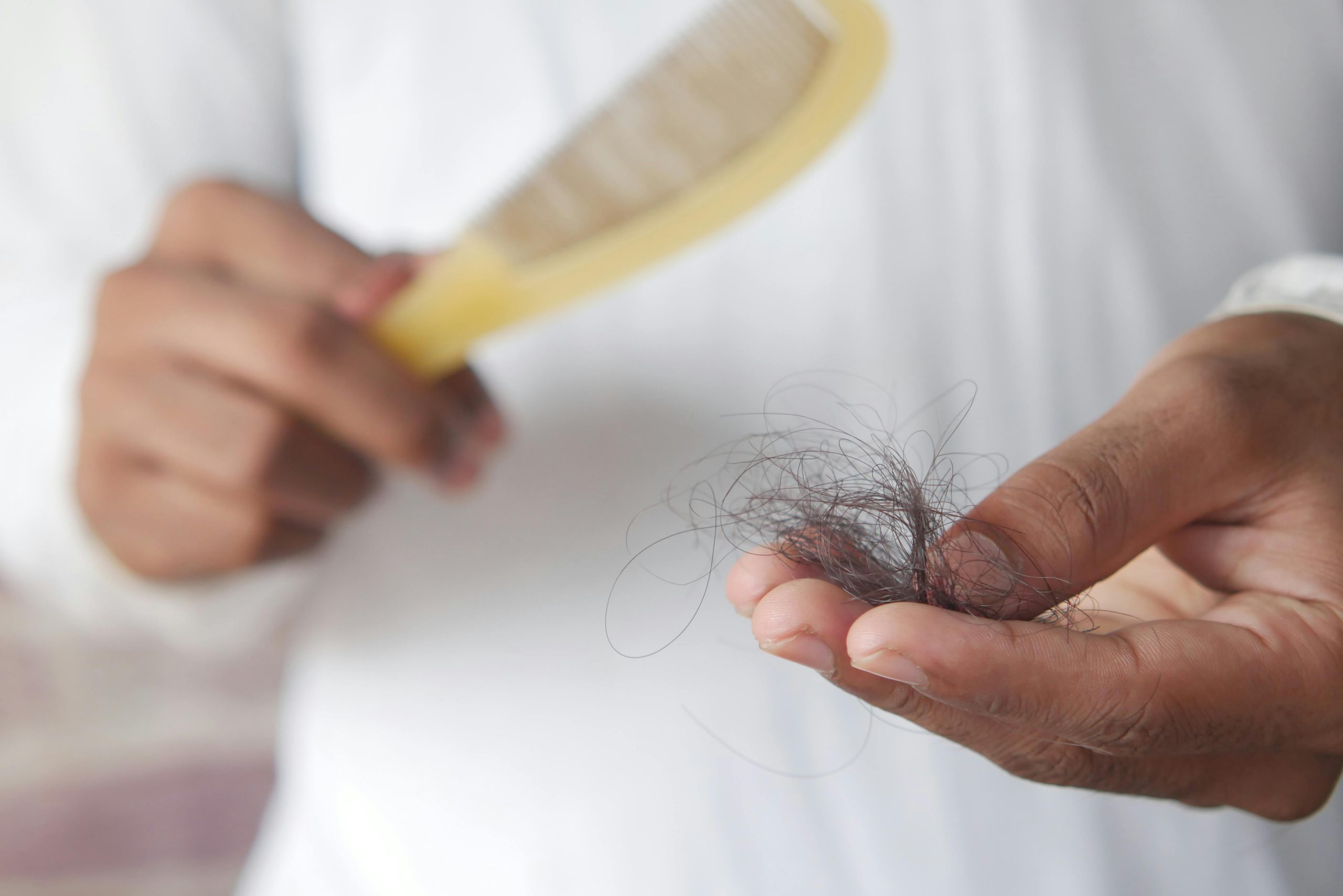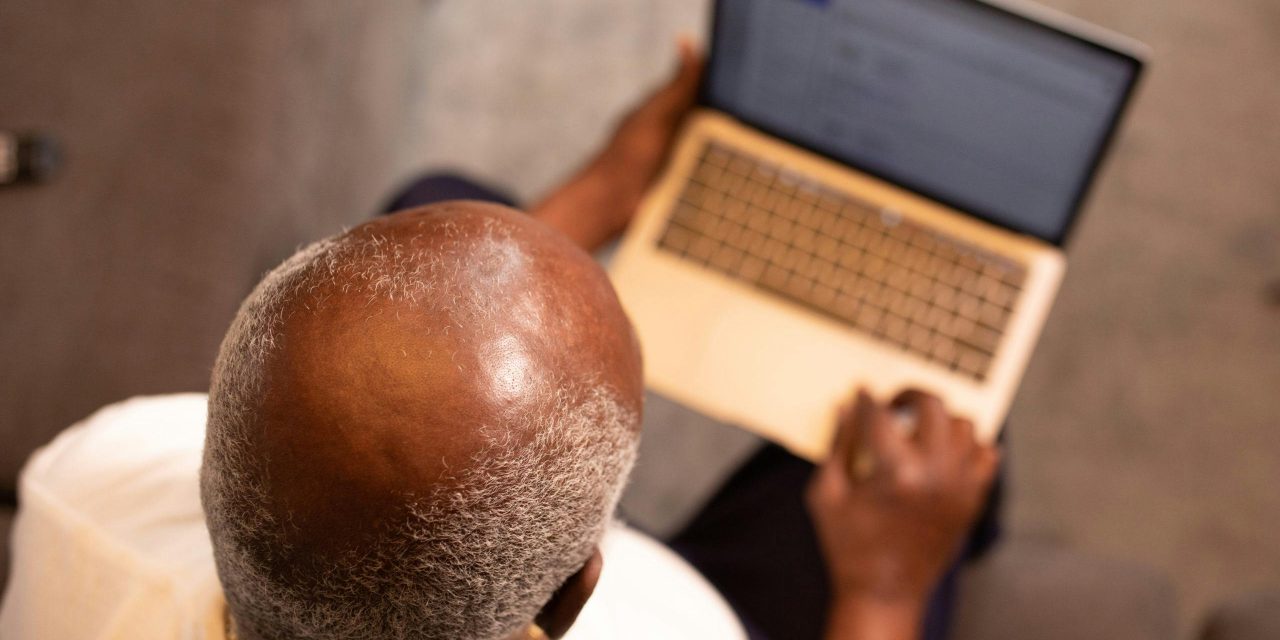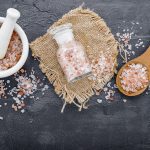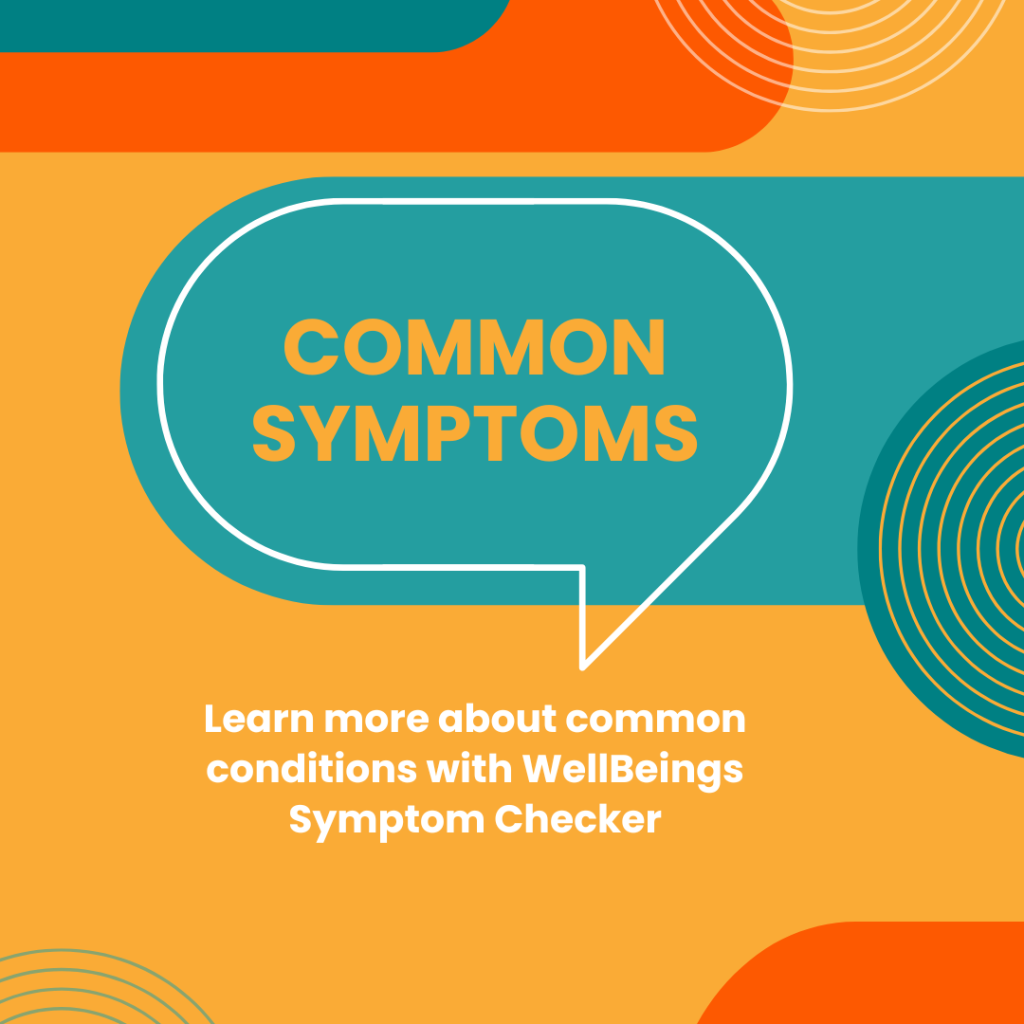Male-pattern baldness, also known as androgenic alopecia, refers to hair loss in men
Once upon a time, you had a crown of hair as thick and wild as a forest. Now… not so much. Male-pattern baldness is, unfortunately, a reality for many men.
The hair usually starts receding from the front (this is called a receding hairline) or the top (thinning at the crown). And, this hair loss can begin as early as your teens or 20s. It’s quite common, so you’re in good company if it starts to happen earlier than expected.
Quick Read:
- If you’re not sure whether your hair loss is due to male-pattern baldness or something else, it’s a good idea to visit a dermatologist.
- Along with medications, a specialist may suggest options like laser therapy or hair transplants to help manage your hair loss. It’s totally up to you how you choose to embrace this stage of life.
What causes male-pattern baldness?
Male-pattern baldness happens because of a hormone called DHT, which comes from testosterone. DHT makes the hair follicles (the tiny holes where your hair grows) shrink, so over time, it gets harder for hair to grow back.
This type of hair loss is something that can run in families, so if your dad or other relatives lost their hair, you might too. While it mostly affects men, some women can be vulnerable to this condition as well.
The strength of a man is in his character, not his muscles (or hair). – African Proverb

Food friends for hair loss
While there’s no magic cure for hair loss (yet!), certain foods can assist and maintain healthy hair growth and may even help slow down hair loss. Here are some foods that could make a difference:
- Eggs – Our yolky friends are packed with protein and biotin, both of which are necessary for hair to grow. Biotin helps fortify hair and nails, while protein gives your hair the building blocks it needs.
- Spinach – This green vegetable is an impressive source of iron. It enhances hair health by helping red blood cells carry oxygen to hair follicles. It’s also brimming with vitamins A and C, both of which help keep hair moisturised.
- Nuts and seeds – Especially almonds, walnuts, and flaxseeds, which contain Omega-3 fatty acids. These good fats nourish the hair and keep it strong, reducing breakage.
- Berries – Full of antioxidants like Vitamin C, berries help protect hair follicles from damage and lend a hand to create collagen, a protein that strengthens hair.
- Sweet potatoes – The sweeter cousins of potatoes, these vegetables contain beta-carotene, which your body converts to Vitamin A. Vitamin A encourages more sebum production (the natural oil on your scalp), helping to keep your hair healthy and moisturised.
- Avocados – A fantastic source of Vitamin E; avocados can improve scalp circulation and boost hair growth. The healthy fats in avocados also moisturise your scalp and hair.
- Greek yoghurt – High in protein and B vitamins, particularly B5 (pantothenic acid), which helps with blood flow to the scalp and hair growth.
- Beans and lentils – These plant proteins contain good doses of iron and zinc, which are excellent helpers for hair growth and repair.
Help at hand for male-pattern baldness
It’s not always male-pattern baldness that causes your hair to fall out all at once rather than gradually thinning over time. Other issues like anaemia, thyroid problems, certain medications and steroids and scalp infections could also make your hair fall out.
Ask a doctor about the possible treatments for hair loss. These usually include prescription medication or medical shampoos/treatments. Also, if you’re not up to trying medication just yet, you can always shave it all off. A brave decision that you may come to embrace!
Images: Pexels



















